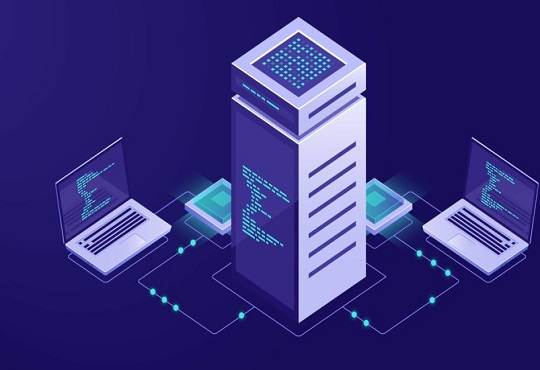Containerization as the alternative to Virtualization
Janifha Evangeline | Monday, 29 August 2022, 14:15 IST

Continued & rapid technological advancements are transforming the landscape of the hosting industry today. Now more than ever, it is important to become familiar with the new terminology which characterizes the innovative systems that we are using currently. A part of this shift in the Information Technology culture is a significant distinction that has to be made between virtual machines & containers. Virtual Machines (VM) & Containers which are both prominent tools within the hosting world are a means for storing data within hosting platforms. Although these terms are becoming highly referenced, they are often confused.
Although Virtualization offers for the existence of several, smaller virtual servers within the framework of a huge server’s physical environment, the virtualization software running on the parent allocates resources to every virtual server. The virtual servers also get their OS (operating system), binaries, drivers, applications & libraries.
While virtual servers are isolated from each other & every smaller server is placed within a virtualized platform comprising other servers, they also involve a pool of resources shared with various other virtual machines. VMs can still consume a significant amount of memory and processing power although they are only a smaller partition of the overall server. Also, size is another major challenge that affects the complete utilization of Virtual Machines since virtual Machines are huge in size the shareability & portability of Virtual Machines become a challenge again.
Containerization - a more modern solution
When comparing Containerization with virtualization, you can view containerization as a more modern solution since the benefits offered by containerization helps in solving several problems that are associated with virtualization. One of the main purposes of the containers is encapsulating applications and its dependencies within the environment.
Running several applications on a single machine/cloud instance
The ability of containers to run several different applications on a single machine/cloud instance is a major reason why it is becoming a sought-after alternative to virtualization. While Containerization has most of the benefits of virtualization without a few of the downsides, that makes it useful for transitioning from a fixed-location studio to a virtual operation, virtualization involves the process of emulating the whole machine, which includes the hardware & operating system. Containerization involves encapsulating either a single or several applications & supporting files into containers which can then run on top of a single common OS.
For instance, in a virtualization scenario, you may have a server running VMWare ESXi hypervisor software, upon which are 4 Ubuntu Linux virtual machines for Services X, 2 Red Hat Linux VMs for Service Y, and 2 of Windows 10 Server Virtual Machines to handle any Windows applications. Therefore, using virtualization in this way will still render huge benefits over maintaining multiple physical machines and it makes the administration easier as well.
Either spinning up a new server or changing configurations of the Virtual Machines individually is way easier than tinkering with hardware as communication between the Virtual Machines are too high & efficient. The downside, when compared to containerizations, is the relatively huge overhead that is associated with virtualization. This is because each Virtual Machine is running a complete Operating System kernel, each with its dedicated memory, utilizing a percentage of the Central Processing Unit to mostly do a lot of the same things.
Very lightweight & Resource-efficient Virtual Machine
Containerization, when compared to virtualization, lets the running of several isolated services on one machine however it is done within containers instead of complete virtual machines. Conceptually, a container is a resource-efficient & very lightweight, Virtual Machine. Since each container operates independently, it helps in eliminating unintended interactions among software components & removes a single point of failure. Every application/container talks to the others only via its defined Application Programming Interfaces.
The container virtualization layer is highly flexible & can be scaled up to meet the surging demand for any of the services and apart from this there is no extra supervisory overhead to contend for resources, as containerization platforms have the capability to run on top of virtualization platforms.
This last point is crucial for long-term planning, as public cloud providers are running hypervisor software on their cloud instances already & attempting to add your own VM hypervisor on top of a cloud provider’s machine instance may not work efficiently or even work very poorly and in some cases will not work at all.
Containers, work well on all the cloud providers & instance types and most of the providers even render tools for making it easy in managing & coordinating your containers that are running in their cloud.
Fundamentally, containerization & virtualization are 2 different ways of doing the same thing. Possessing numerous containers that are running separate services pushed up to a cloud will not solve problems that include communication latency over the internet. However, it will render a few added security protections as well as flexibility that will help you in allocating resources more efficiently, that is the point of the cloud, after all.
In a nutshell
In comparing virtualization vs containerization, we observe that both technologies serve a different purpose. Selecting the better option relies majorly on the application needs of the users and the server capacity required. While selecting one method over the other is a big decision, IT managers should consider all of the major differences before taking the plunge.




